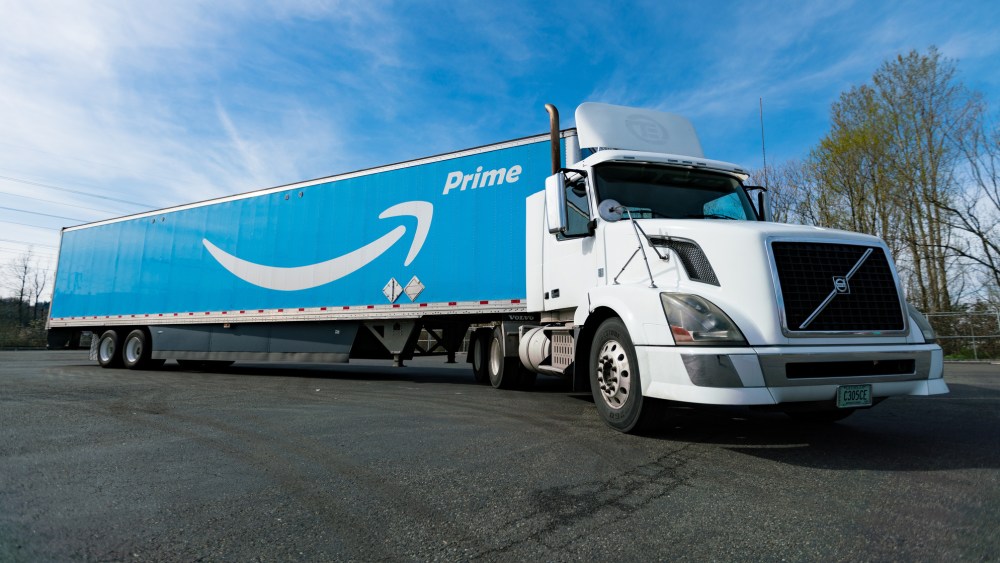The retail world belongs to giants — everybody else is just trying to sell in it.
And the biggest are getting bigger even quicker, according to the latest “Retail Funnel” report by Morgan Stanley stock analysts Simeon Gutman and Brian Nowak.
The analysts regularly track retail market share and found that Amazon, Walmart Inc. and Costco Wholesale Corp. accounted for about 46 percent of all incremental retail sales in the third quarter.
That means that 46 cents of every dollar of retail growth in the U.S. went to one of those three companies.
The trio was even stronger online, accounting for more than 75 percent of all new e-commerce sales in the quarter.
You May Also Like
“With the rest of retail losing share of incremental sales on average, the Funnel tells the story of retail right now with the big getting bigger at an accelerating pace,” the analysts said.
Amazon was expanding the quickest, capturing about 24 percent of all new growth, while Walmart grabbed roughly 12.2 percent and Costco picked up about 9.8 percent, according to the study.
While Amazon is on top, the e-commerce giant saw its share of incremental retail growth slip about 5 points between the second and third quarters. On the other hand, Walmart has been steadily increasing, gaining 3.4 points since the fourth quarter last year.
Morgan Stanley pinned Walmart’s strength on its success in attracting higher-income shoppers with its membership program, its online marketplace and its strength in grocery.
Walmart turned in powerhouse third-quarter results on Tuesday, beating profit expectations, boosting its outlook for the year and reporting that the Walmart U.S. business drove comparable sales up 5.3 percent, excluding fuel.
Doug McMillon, Walmart’s president and chief executive officer, said 75 percent of the company’s market share gains were coming from households earning more than $100,000 and that the company has more room to grow in fashion.
“In an omni world, we have an opportunity with brands, we have an opportunity with presentation to increase the amount of market share we have in some of those [fashion] categories where we should have had a higher share all along,” McMillon said.
In addition to going after higher-income fashion shoppers with its online marketplace, Walmart has been sharpening its in-store presentation and looking to transform very large private label programs into national brands.
Even the very big find it difficult to compete.
Target Corp., with more than $100 billion in annual sales, continued to have trouble selling discretionary goods in the third quarter and saw comparable sales inch up just 0.3 percent after a 4.9 percent comp decline a year earlier.
Online, where a complex supply chain and costs for delivery make it even harder to make money, Amazon and Walmart are even more dominant.
Morgan Stanley said that Amazon accounted for about 55 percent of all incremental growth of online sales in the third quarter, compared with roughly 18.3 percent for Walmart.
That has Amazon and Walmart snatching up $14 billion of the roughly $19 billion in incremental online sale dollars for the third quarter.



